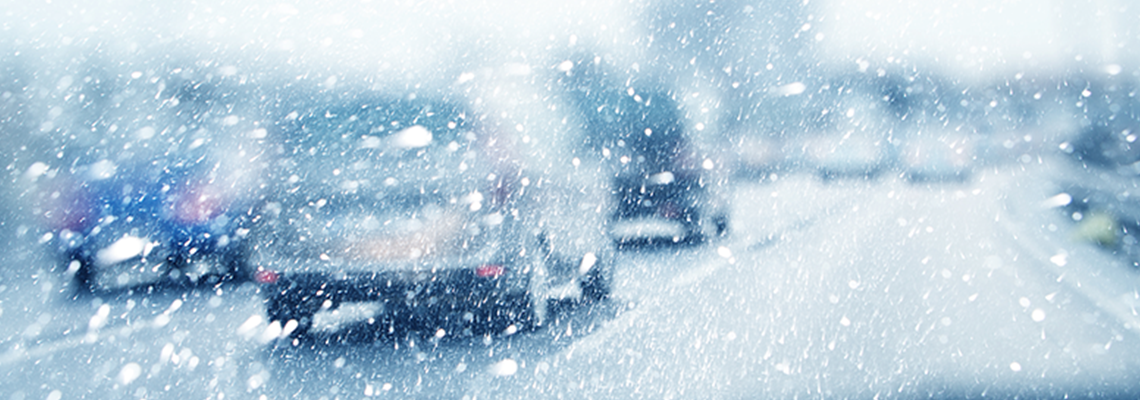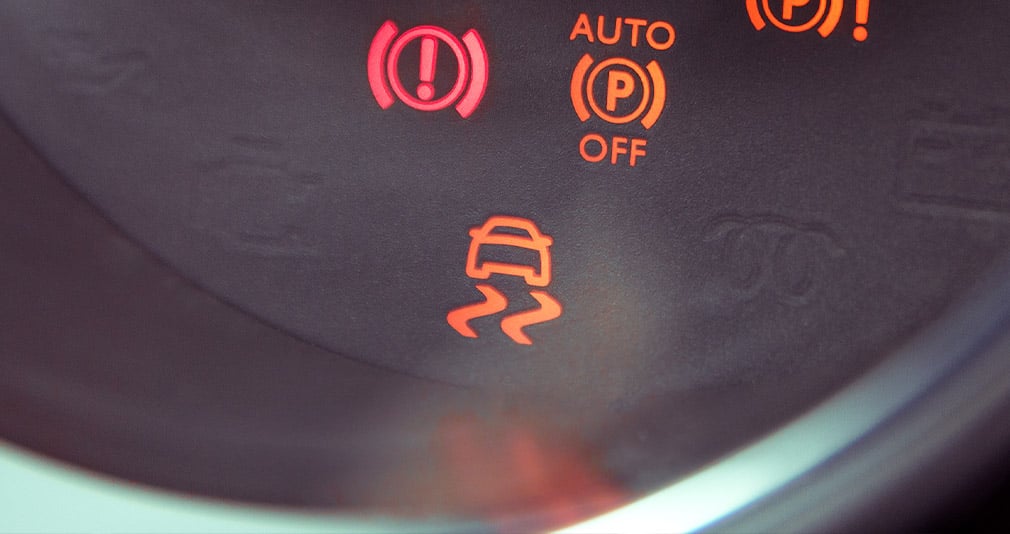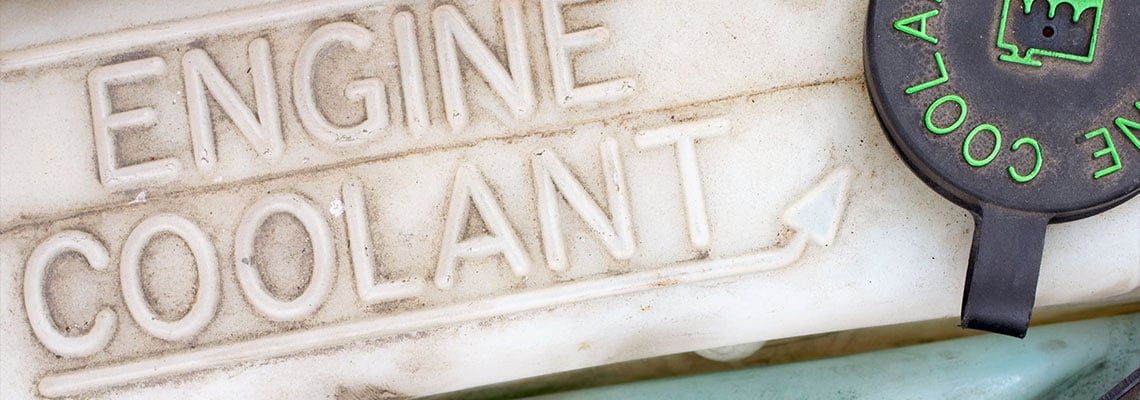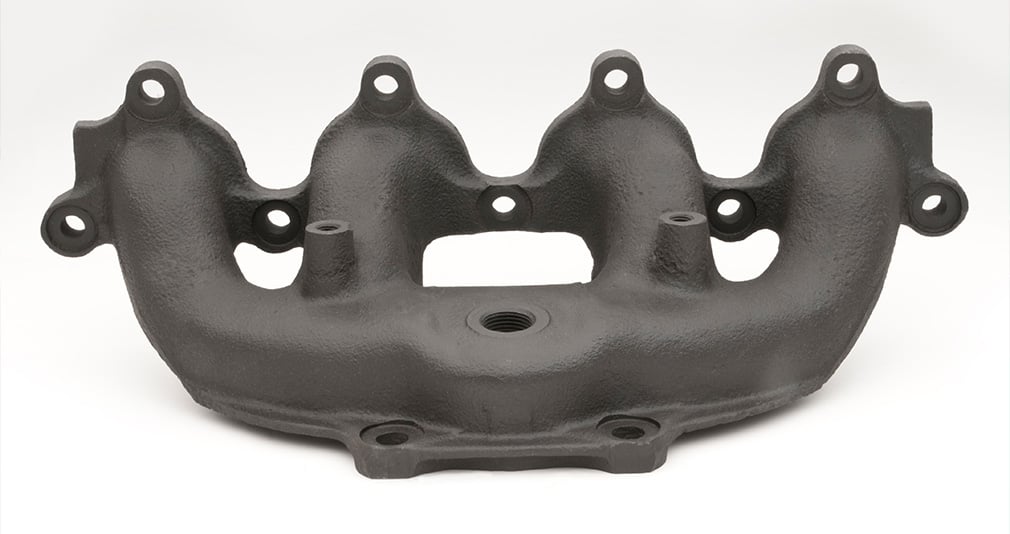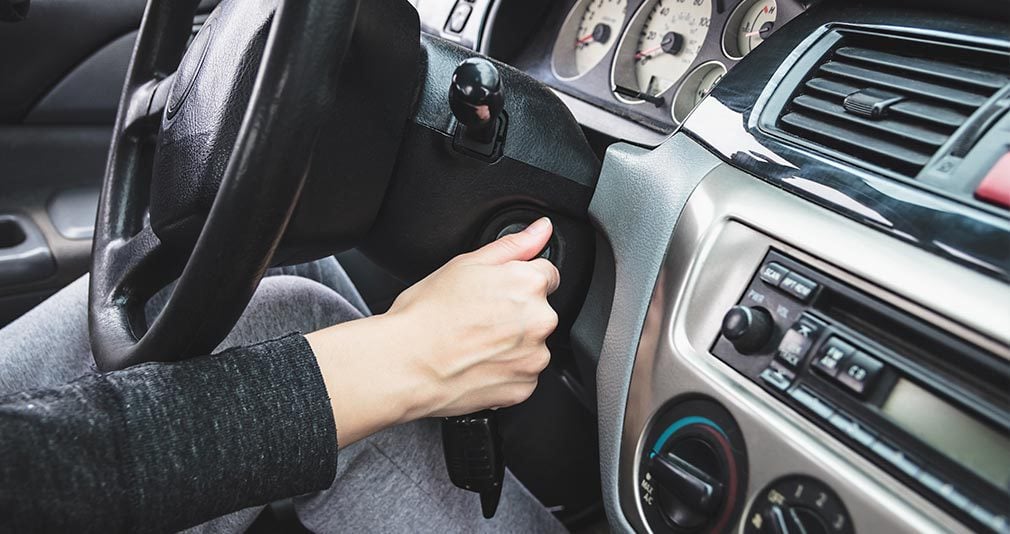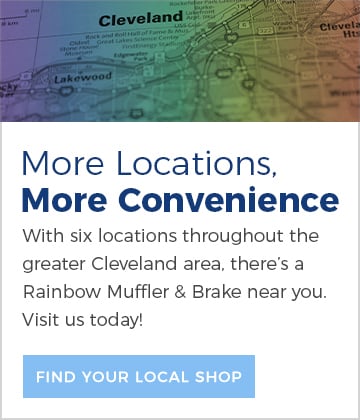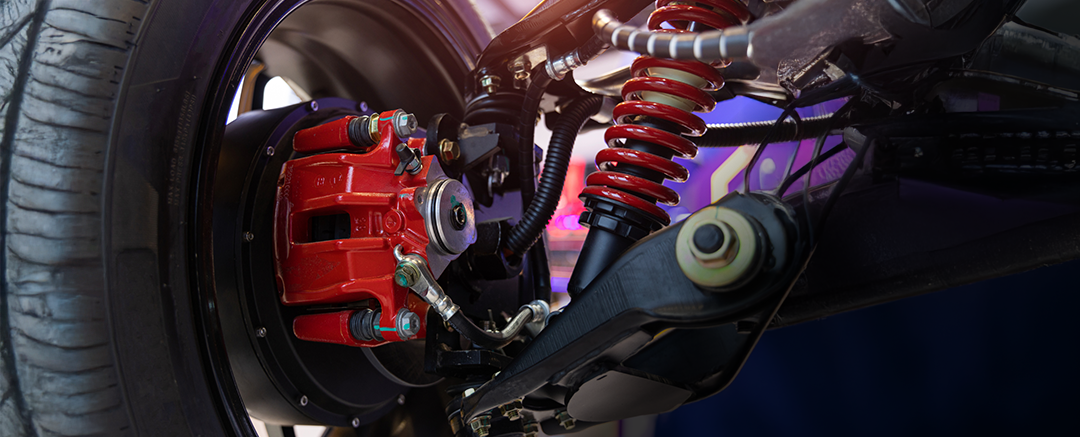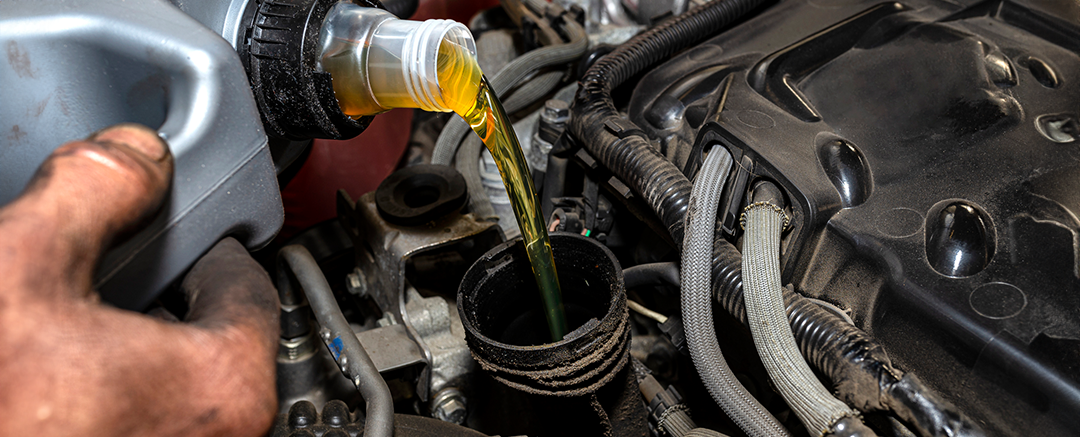If you've lived in the area for long, you know Cleveland winters are cold. Early in the season, the wind blows west across Lake Erie and dumps lake-effect snow all over the eastern suburbs. Then it typically happens again in early spring as the lake begins to thaw.
Snowstorms and endless cold make living in the snow-belt a difficult place to drive. The snow, slush, ice and salted roads require expert driving skills and can also be very hard on your car.
To help your car fare well through the harsh winter conditions, it's important to check all your vehicle’s systems to make sure everything is in top shape and functioning correctly.
There are some simple things you can do to winterize your car to help you avoid costly repairs down the cold winter road. You can do these things yourself or have a professional mechanic take a look. Many service centers will check your systems free of charge. Here’s a quick checklist to get you started:
#1: Oil level and viscosity
Have you had your oil checked and changed lately? Oil keeps everything in the car running smoothly. If your oil is too thick — an issue cold weather makes worse — it flows slowly and can cause your engine to overheat.
#2: Battery level and cables
Winter temperatures are tough on your car’s engine, and it can affect your battery’s capacity. Have your battery, along with all cables and terminals, checked. Make sure your cables have no cracks or breaks and that all terminals fit snugly.
You can also check the level of charge in your battery by turning the engine off and reading the hydrometer eye to see how much voltage you have left. It’s also a good idea to know how old your battery is to give you an idea of when it might begin to lose charge. The average car battery lasts three to five years.
In addition, check your battery clamps for corrosion. A white, powdery substance around the clamps is corrosion from battery acid. Clean it off with baking soda, water and a toothbrush.
#3: Tire wear and air pressure
As outside temperatures drop, so does the air pressure in your tires. Check to make sure your tires are properly inflated. Low air pressure can affect tread and decrease traction, and it can also cause irregular wear and tear, along with low gas mileage. Check the tires' pressure, and make sure their PSI meets the recommendations listed for your car. (You can find your vehicle's correct tire pressure listed on the inside of the driver or front passenger door or inside the glove box.) If they're too low, fill them up. Replacing your tires with heavier snow tires in the winter can also improve traction and control.
#4: Hoses and fan belts
Cold temperatures can weaken your belts and hoses, and you don’t want anything snapping while you're out on the road and in the cold. Generally, belts and hoses should be checked every 30,000 miles. The timing belt, which should usually be replaced every 50,00 to 70,000 miles, is an internal belt that operates the cam and crank shaft. If it snaps, serious, costly damage can occur. If it’s been awhile, have a mechanic take a look at your belts and hoses.
#5: Antifreeze level and freeze line
Antifreeze is what protects your engine from getting too hot or too cold. You should always have the right balance of water and antifreeze in your radiator to keep fluids from freezing. Make sure antifreeze fluid is filled to the maximum line. Not sure if you have the right balance? Premixed bottles of antifreeze and water are available at most auto parts stores and even gas stations.
#6: Windshield wipers and blades
Replace worn blades and switch your windshield washer fluid to a type that freezes at a lower temperature and contains a deicer to keep the spray from freezing. Windshield wiper blades are rubber and will eventually crack and deteriorate. Replace them every six to 12 months. Also, be sure to check your defrosters to make sure they're working well. You should also raise your wipers before a big snowstorm, so they don’t freeze to the windshield.
#7: Fuel level
Always keep plenty of gas in the tank — especially during the winter. You never know when you might get stuck in a traffic jam or stranded in a blizzard. Also, colder temperatures can cause condensation to build up on the walls of your gas tank. If the tank is mostly empty, water can drip down into the gas and get into your fuel line where it can freeze and cause expensive problems. In addition, many fuel pumps are located in the gas tank, where the fuel keeps the pump lubricated and operating at a cool temperature. If fuel is frequently low, the pump will wear prematurely.
Other Winter Weather Car Tips
After winter weather hits, follow these additional best practices:
- Give your car enough time to warm up. Typically, your engine needs to warm up for five to 10 minutes in freezing temperatures and even longer if temperatures are below zero. You can also invest in an engine block heater to help warm your vehicle up. Remember to avoid carbon monoxide poisoning by not running your car in an attached garage — even with the garage door open.
- If your door locks freeze, you can use warm water or glycerin to de-ice them. You can find glycerin at most auto parts stores, but don’t keep it in your glove box! If you can’t get into your car, it won’t help you.
- To reduce your chances of skidding on ice, make sure your tires with the best tread are on the rear of your car. The better traction will help keep the rear of the car from spinning.
- If your car starts to skid on ice, don’t slam on the brakes. Gently take your foot off the accelerator and turn the wheel in the direction your back wheels are skidding.
- The National Safety Council also recommends having an emergency driving kit in your trunk packed with winter car accessories. These include a flashlight (with extra batteries), tire chains, jumper cables, a spare tire (properly inflated) and tools to change a tire, a bag of salt or cat litter, a snow scraper, a warm blanket, hat and gloves, non-perishable foods, a first-aid kit, flares and winter-grade windshield washer fluid.
To learn more about how to winterize your car or to have one of our mechanics take a look, stop by one of our six local auto repair shops in Cleveland today !

